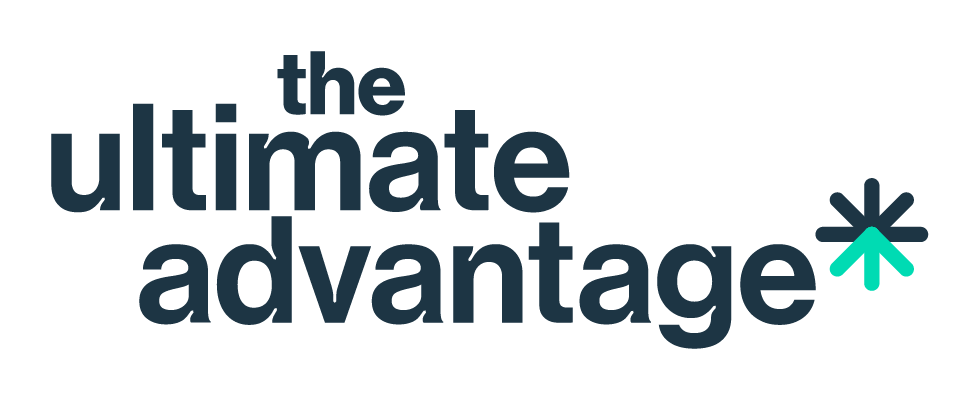
As children we’re taught how to speak and listen – so, we must be pretty good at it, right? Wrong! Forget everything you think you know. Throw away the rulebook.

Language is a tool, a tactic, that when used deliberately and with genuine honest intent can be used in a way that absolutely works for everyone concerned. Ultimately, the aim is to establish and maintain rapport with your conversing partner, allowing for a positive, trusting and relaxed relationship to form, whereby both parties feel completely seen, heard and understood.
Find commonality or a shared interest – be warm, flex your personality, allow an acquaintanceship to flourish. Ideally, you should have at least four anchor (talking) points with each of your clients, showing that you take a legitimate interest in them.
In business, you absolutely have to have hard-hitting, difficult conversations. Plain and simple. But, when you’re trusted and respected, free and open conversation is much easier, and more effective. Without rapport, long-term business isn’t possible. The relationship will feel cold, unnatural and often defensive or combative.
Add to these communication challenges how home-working and virtual calls can create an additional barrier to creating genuine rapport, and we see that it’s more important than ever to be conscious and mindful. If all else fails, focus on listening. Utilise what the person you're communicating with is saying – listen out for indications of their preferences, in terms of: the language they use, hot buttons, their desired communication style, and the like. Talk their language. Reflect and match how they’re communicating with you as this is how they understand communication, this is their truth, and this is how you ensure your message will land best for them.
Most importantly with all of this though, you MUST be ethical in your intentions. This is not a trick or a con. You’re not trying to deceive your client. Quite the opposite. You’re aiming to genuinely enhance how you engage together – advocating for a mutual win - allowing for truly compelling communications to exist, allowing them to feel heard and understood.
For further insight, listen to Felicity chat with Steve Timmis on the Sempar Talks Podcast:
https://sempartalks.libsyn.com/episode-10-5-value-bombs-for-using-empowering-language-to-revolutionise-your-business-with-felicity-wingrove.
If you loved this then give it a share!


Download our guide to learn the five secrets to compelling communications.



